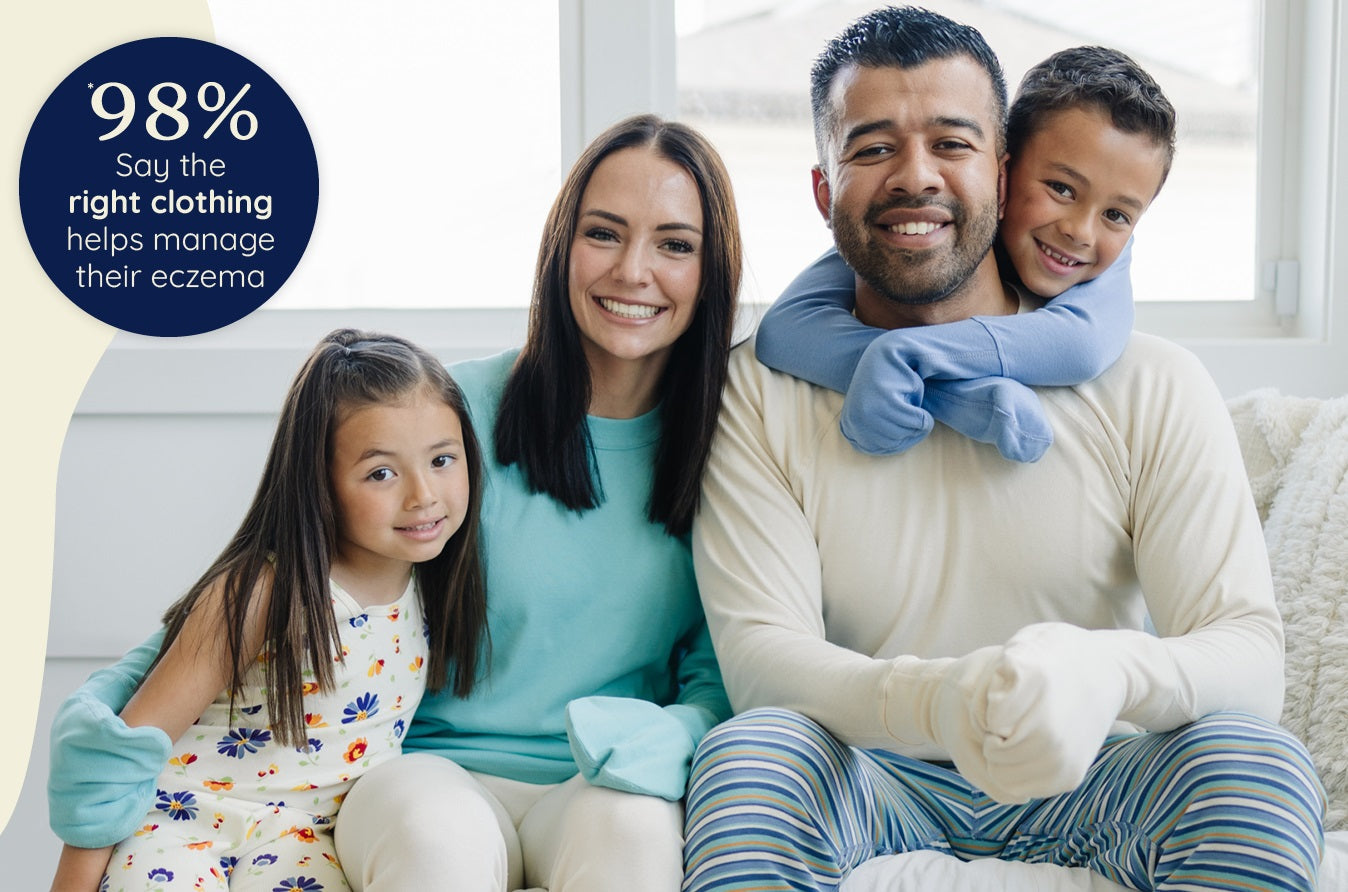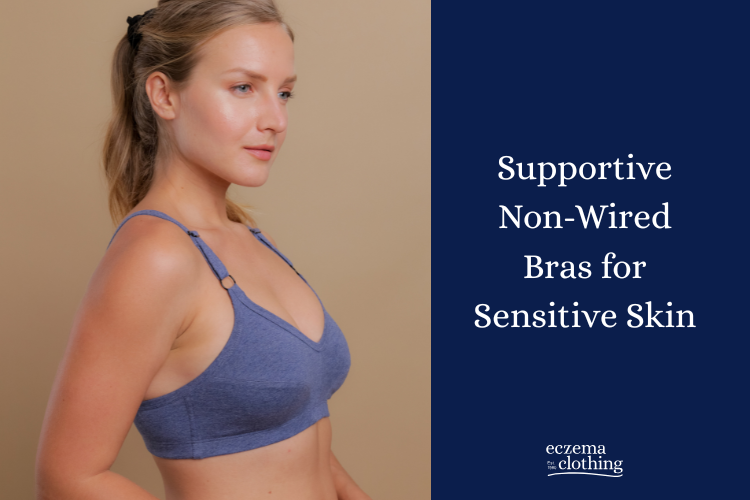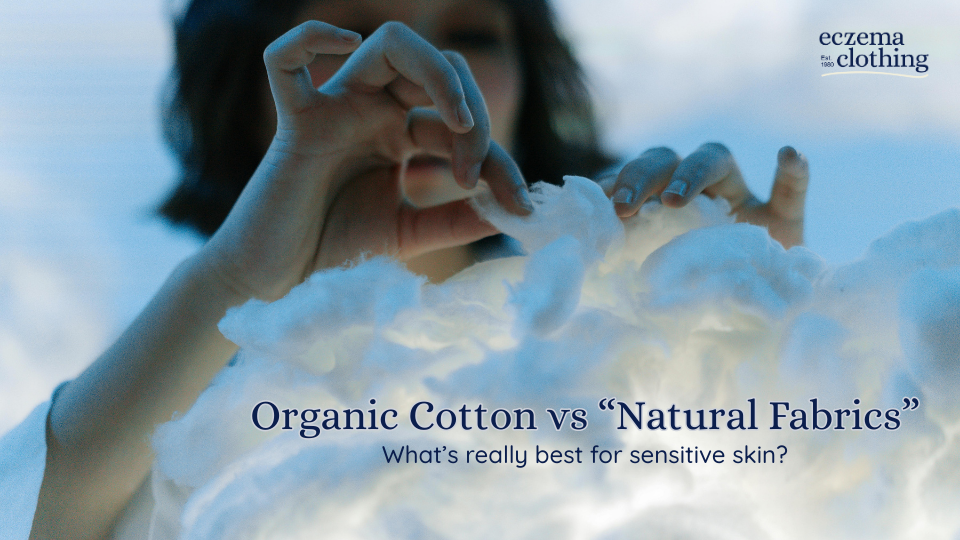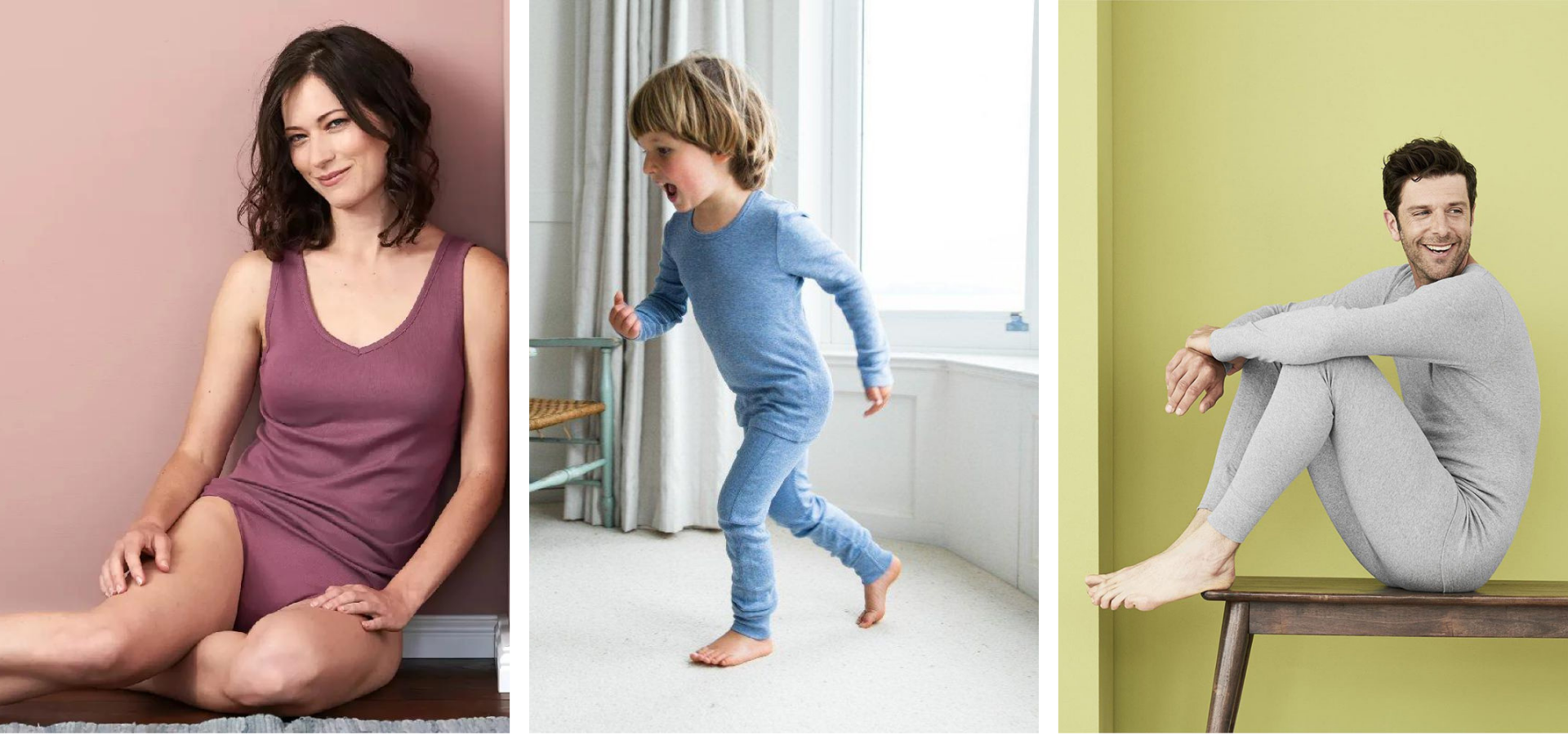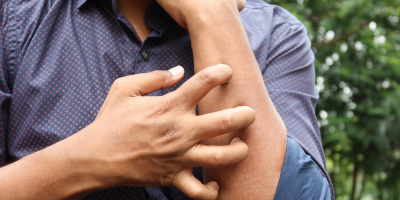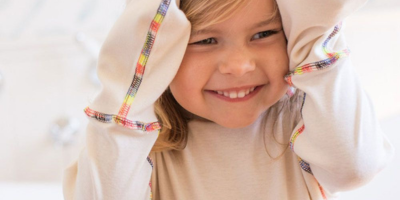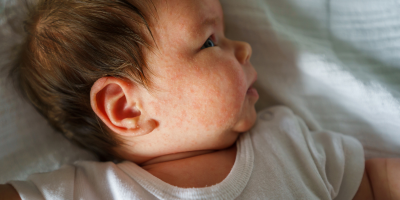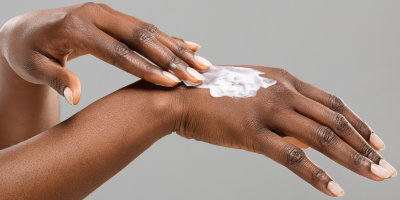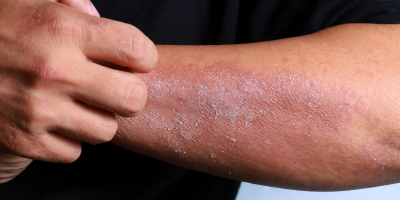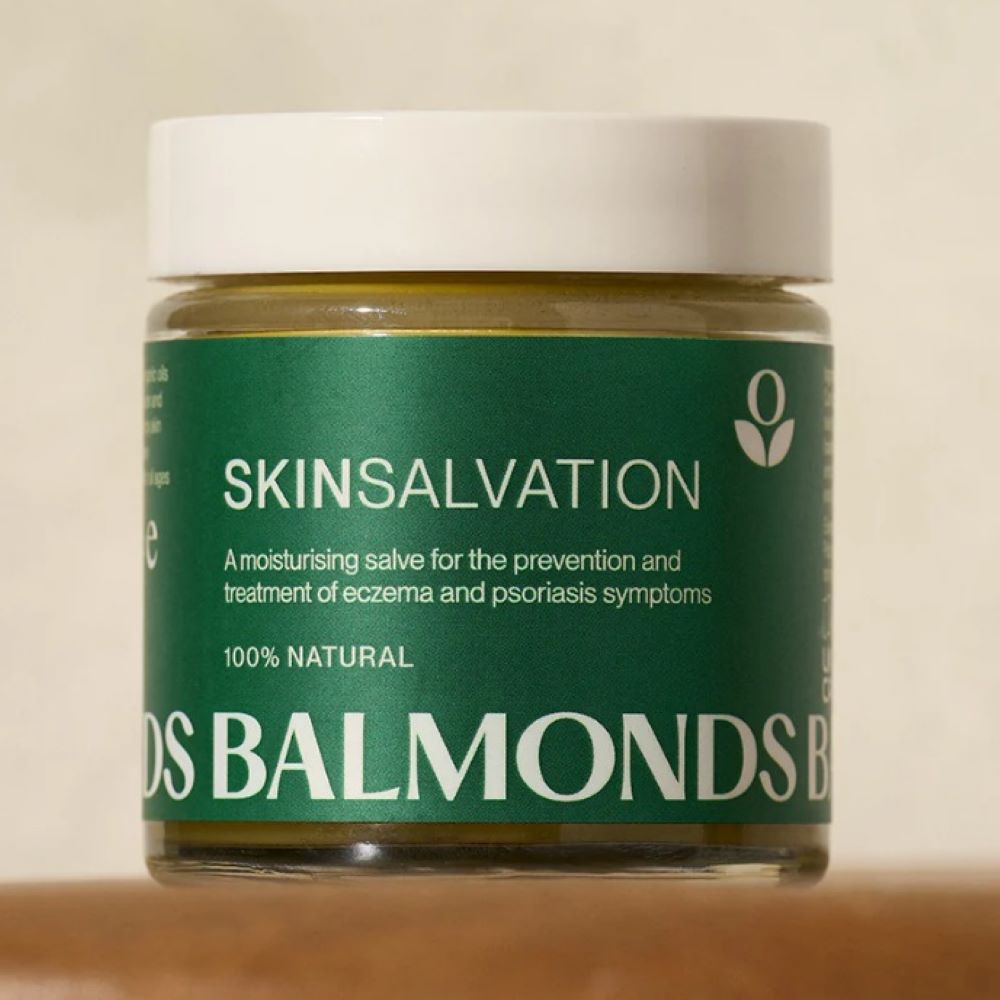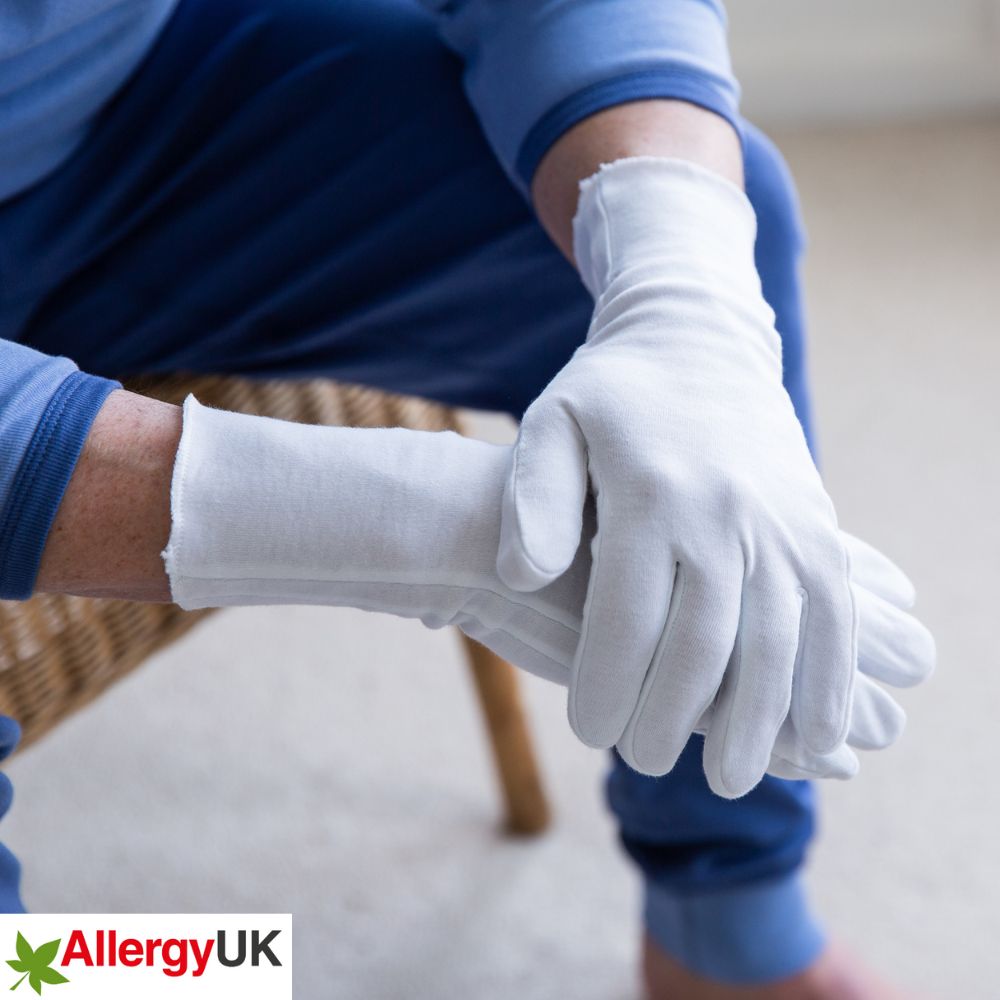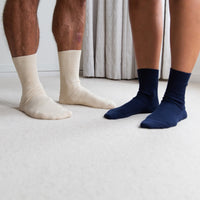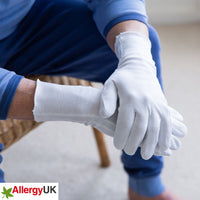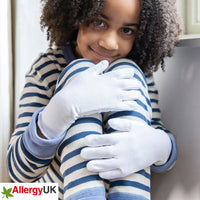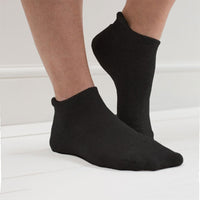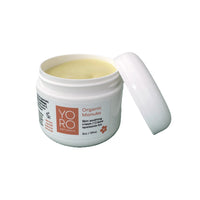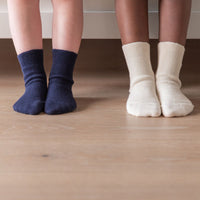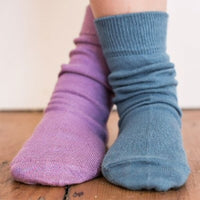We dug down for more detail as to why and found out that 75% (3 out of 4) of you said our clothing had helped reduce itching; and over 50% (more than 1 out of 2) said it had helped with scratching, aiding sleep and/or enabling broken skin to mend.
We then matched this fantastic data with a wider survey of UK adults with eczema which was carried out on our behalf by a market research company.** Unfortunately, as we could have predicted, a massive 8 out of 10 respondents experienced some form of itchiness or the need to scratch due to their eczema. But worse was to come: only 3 out of 10 of those responding had considered buying specialist clothing designed to reduce itching and protect from scratching.
If we extrapolate these numbers it seems that only a small proportion (3 out of 10) of the 4 million people with eczema in the UK have considered buying specialist clothing to help reduce itching or protect them from scratching, despite the fact that you - our Eczema Clothing wearers - telling us that wearing the right clothes makes a difference.
So we’re on a mission: we now know (though we always believed it) that clothing is a key part of the solution for eczema and allergy treatment AND that our clothes can help you itch less and sleep better. Help us spread the word!

*Our internal survey was undertaken with a Typeform survey through Klaviyo in May 2023 on a total audience of c.11,000 customers and resulted in 458 responses of which 354 (77%) had eczema which is the segment our analysis is based on.
**Our external survey was undertaken by Potentia in May 2023 and used a pre-screened audience with eczema which was estimated at around 5% of the overall population originally surveyed i.e. 200 responses would have come from a general population of c.4000. The responses obtained were from an audience with a fairly even split across male/female and across adult age groups.

